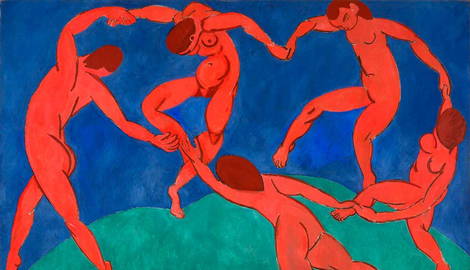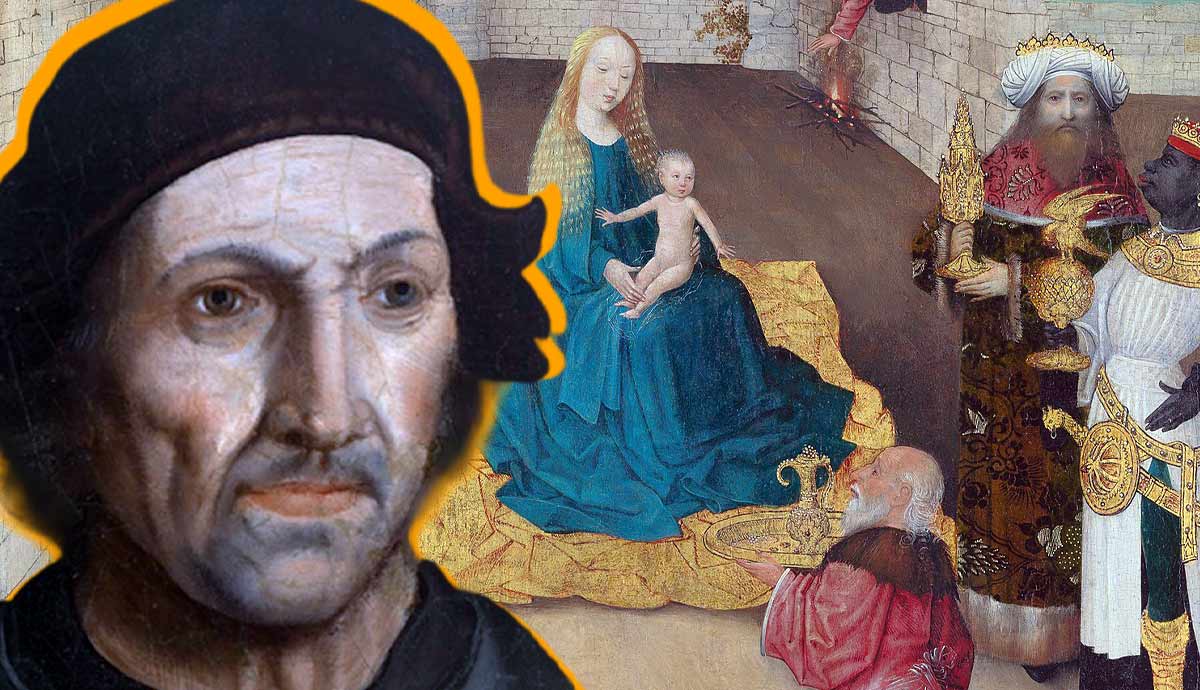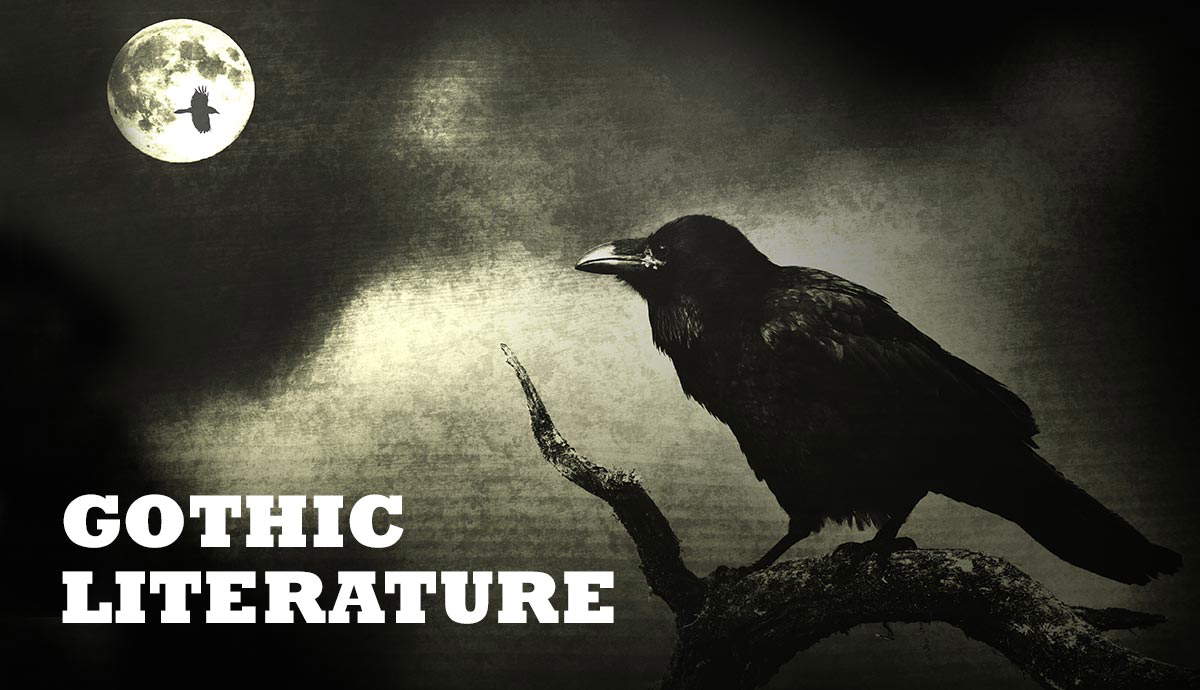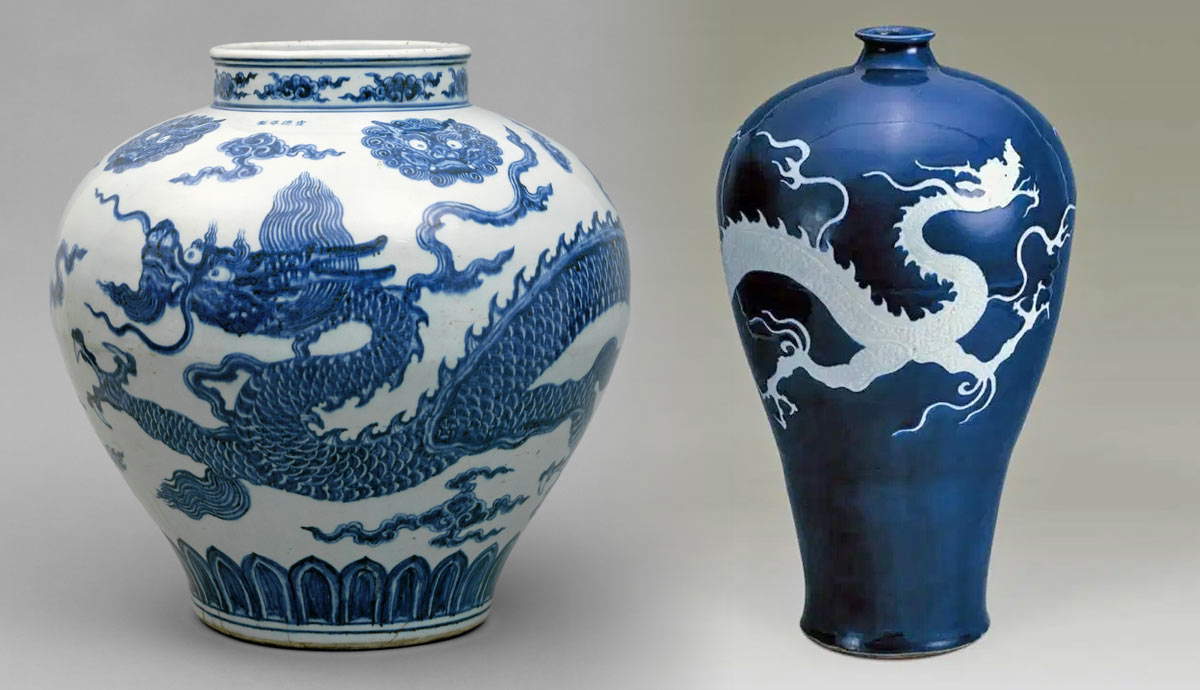
In 1911, Henri Matisse arrived in Moscow upon the invitation of a famous art collector called Sergei Shchukin. Known for his radical taste, Shchukin acquired works by Matisse, Picasso, and Cezanne at a time when their art was scarcely accepted, even in Western circles. In Moscow, Matisse encountered Russian Orthodox icons and was struck by their expressive language. Read on to learn more about Henri Matisse’s visit to Moscow.
Henri Matisse in the 1900s

In 1900, Henri Matisse was thirty and was only beginning his path as a progressive painter. At the time, he struggled with money and, attempting to support his family by creating decorative art, even considered giving it up altogether. However, by 1905, he formed a unique, expressive style of thick and bold brushwork and loud color, which made him the star of the newly emerging Fauvist movement. Matisse developed a reputation as a rebel and the leader of young progressive artists. However, only a few art collectors saw the art historical potential behind his works and were ready to support him. It all changed thanks to one eccentric Russian collector.
Sergei Shchukin, the Scandalous Art Collector

Before 1911, Matisse hardly ever encountered Russian art and culture in its authentic form, yet a significant body of his most important work became possible because of the involvement of a prominent and eccentric art collector from Moscow. Sergei Shchukin came from a religiously conservative family of textile merchants who made a fortune on printed calico fabrics. These cotton-based fabrics were relatively cheap and were produced in many variations of print and color. Art collecting was a popular hobby in his family: his five brothers also collected art and antiquities, ranging from textiles and weapons to Old Master paintings. However, none of them were really invested in the progressive art of their era, preferring safer options.

Sergei Shchukin was different. In the late 19th century, the Russian Empire did not have a single private art gallery that represented Western artists or even exhibited their works, so paintings by the Impressionists or Fauvists were available only abroad. News of the latest artistic trends reached Moscow and Saint Petersburg late and was inevitably distorted by reporters’ bias. Shchukin was an avid traveler with business ties in both East and West and had a chance to meet prominent gallerists and see the most progressive and radical artistic styles. He began with Claude Monet and the Impressionists before moving forward and exploring early works and Cubist experiments by Pablo Picasso, the Tahitian series of Paul Gauguin, and even African sculpture.
Matisse, however, occupied a particular place in Shchukin’s collection. He amassed a collection of 37 paintings, some of which were commissioned directly from the artist. In a way, the artist and the collector became friends, shaping each other’s aesthetic tastes. Shchukin saw Matisse’s work for the first time in 1908 and almost immediately began purchasing his paintings, struck by the simple, almost minimalist line and bold color. The collector had a unique eye and was ready to experiment: he confessed that he purchased not the works he liked but those that shocked him and remained stuck in his mind.

By the end of the decade, Shchukin commissioned Matisse to decorate his Moscow mansion staircase with two works, Dance and Music. The works, which were meant to help the visitor ascend the stairs with their dynamism and color, were exhibited the same year. Matisse finished his diptych in 1910 and exhibited it the same year. It turned out to be a major failure: not even the closest of the artist’s friends appreciated the work.
For the first time in years, Shchukin would follow the lead of the crowd and refuse to collect the paintings he paid for. Formally, he explained to Matisse that he could not hang works featuring nudity in front of his three adopted daughters. In reality, he simply was scared by the power of those images. However, on his way back from Paris to Moscow, Shchukin sent a note to the artist, deeply apologizing and asking him to send the paintings. He stated that he hoped to grow to love them one day and admitted that his friendship with Matisse harmed his reputation as local artists and news reporters accused Shchukin of destroying Russian culture and the young Moscow artists.
Matisse in Moscow

In October 1911, Shchukin and Matisse arrived in Moscow. This was the artist’s first visit to Russia, which provided him with many insights and made a lasting impact on the local art scene. Within the circles of local artists and poets, Matisse was a celebrity, and he fully enjoyed this status. In a letter to his friend, Matisse described Moscow as a Fauvist city—wild, loud, and expressive.
Unlike most other collectors of the time, Sergei Shchukin made his collection publicly available and even personally guided the visitors through his treasures. He was also a progressive art curator. Instead of grouping works by type or by age, he relied on their stylistic properties; placing Buddhist sculpture next to the Symbolist works of Odilon Redon, and Picasso next to Baroque furniture. Upon arrival, Matisse made himself busy with curating his own art inside Shchukin’s mansion. He arranged the paintings in a so-called Rose Salon—a room with rose ceiling, cherry-red carpets, and pale green walls. The contrast was so radical it turned the entire space into a Gesamtkunstwerk of color and form.
Matisse & Orthodox Art

However, no meeting or visit in Moscow affected Matisse more than his encounter with Eastern Orthodox art. The religious paintings created in Russia had a distinctive style and function that varied greatly from the Western tradition. It began developing in the 11th century based on Byzantine influences but soon obtained its own stylistic and conceptual nuances. Russian icons typically rely on the reverse perspective. The perspective lines meet right in the space where an observer stands, immersing them into the scene and making them the focus of the sacred figures’ attention. Moreover, the saints in Orthodox icons rarely show any intense emotion; instead, they turn their gazes to the viewer and reflect on their own emotions. In their simple lines and limited color palettes, Orthodox art achieved remarkable power that manipulated the viewer in a manner radically different from its Catholic counterpart.

At the time, the interest in Orthodox art, even among Russian collectors, was only emerging. For centuries, the official creative sensibility was based on French and Italian examples. Orthodox Christian icons or any forms of folk art were deemed as low genres that had no value in relation to the true art based on Neoclassical tendencies and European fashions. However, around the turn of the century, some progressive collectors began to pay attention to local art forms, probably inspired by the developing avant-garde movements. Similar to Asian and African art, Orthodox icons offered a radically different approach to perspective, expressive techniques, and painting style. In Moscow, Matisse went to see the treasures of rare private collectors who had already begun transforming public opinion about Orthodox art.

The impact of Russian Orthodox art on Matisse’s work is still underexplored. However, some researchers believe that the lines and forms of these icons strengthened Matisse’s stylistic experiments. In a conversation with Shchukin, he stated that he spent ten years developing the language that had already been found by icon painters centuries before. Upon returning to Paris, he claimed that these works were more important for modern art than those by Fra Angelico, the famous early Renaissance friar and painter. Ironically, his attempts to popularize Russian icons among his French colleagues actually made them popular mostly among young Russian artists, who were amazed by the fact that a foreigner found something inspiring in their culture.
Matisse’s Impact on Russian Art

The arrival of Matisse and his art in Moscow provoked a controversial response among the locals. Ilya Repin, a Ukrainian-born Realist and one of the most famous artists of the Russian Empire, was known for his rather conservative views and sharp tongue. In one of his published opinion pieces, he stated that the Russian merchants have always had a flair for eccentricity; previously, a popular trick was to spend a fortune on a trained circus pig just to eat it. But fashions changed, and, according to Repin, the new “circus pig” to demonstratively waste money on was Matisse.
Repin mercilessly scolded his younger colleagues for being “slaves” to the French brutes like Matisse. Still, the impression made by the arrival of the artist and the vast collection presented by Sergei Shchukin was impossible to overturn. The avant-garde art of the last years of the Russian Empire and the first decade of the Soviet Union owed a lot to the French tradition and was greatly inspired by it.










